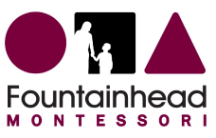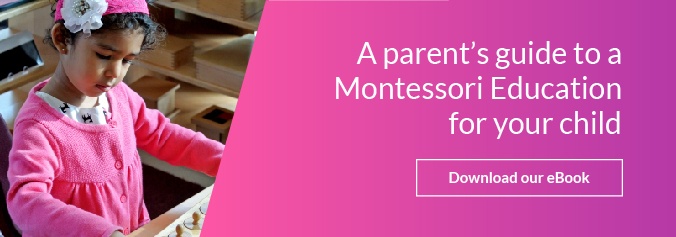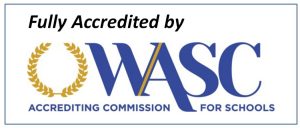Deciding whether you will send your preschooler to a traditional school or opting for a Montessori preschool can be a big decision. As a parent, you want to get your child off to a good start with their education. But learning the ABCs and the names of colors is not the only thing you want your child to get out of the experience of preschool. Cultivating a child’s love of learning and making them excited to go to school is a crucial part of preschool because it is often a child’s first experience with school. Choosing the type of setting that will best serve your child’s unique personality can have an impact on how your child views school.
A difference of approach
The differences between a Montessori classroom and a traditional preschool start at what the philosophical goals are for the students. In a Montessori setting, education is based on emphasizing child-centered learning, independence, self-directed exploration, and the development of the whole child academically, socially, emotionally, and morally.
While a traditional preschool aims to get the students ready for kindergarten. The structured curriculum follows a set schedule and is teacher led. Most preschools use a one size fits all approach and intend that all students progress together as they learn.
Curriculum
By looking at the curriculum of different preschools, you can get a better idea of what type of school will be an environment where your child can thrive. Montessori preschools use a unique curriculum that includes multi-age classrooms, hands-on learning materials, and a focus on individualized learning. They often incorporate practical life activities, sensorial experiences, and an interdisciplinary approach to subjects.
Traditional preschools, on the other hand, generally follow a structured curriculum that covers a wide range of subjects. They will have art time, practice fine and gross motor skills, and focus on cooperative play with other students. The curriculum usually follows specific state or district standards.
Classroom structure
Even the way a Montessori classroom is set up greatly differs from the appearance of a traditional preschool. Montessori classrooms often have mixed-age groups, allowing younger students to learn from older peers and older students to reinforce their learning by teaching. The classroom environment is carefully designed with Montessori materials and resources.
While traditional preschool classrooms usually have students of the same age grouped together. The environment may be less flexible in terms of accommodating individual learning styles.
If you are wanting for your child to develop their natural curiosity and explore subjects with their hands, purely led by their own interest, a Montessori preschool may be the perfect fit for your child. If you are in Pleasant Hill, CA, check out Fountainhead Montessori School today.












Let us know what you think about this post
Put your Comment Below: